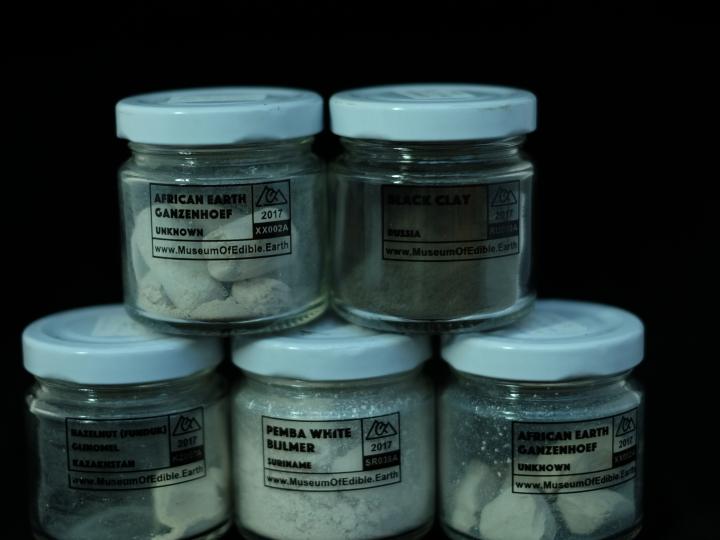
In 2020, the collaboration Religion in Zuidoost, the Bijlmer in Amsterdam is closely connected to the heartbeat of the neighbourhood. Religion manifests in many different ways; on the streets, in garages, office buildings and living rooms. Even though the neighbourhood was once designed without any places of worship, nowadays many churches, mosques and temples have found their place in Zuidoost. And we must not forget that religion is also philosophy, art, and forms of caring for each other.
Imagine IC and the Tropenmuseum were planning on going into the neighbourhood to talk to people about their beliefs, spirituality, philosophical approaches to togetherness, problem solving, and organized religion. Yet, COVID-19 has made such in-person conversations impossible. Nonetheless, the urge to and pulse of coming together in hard times led us to work with several local radio stations. The central questions posed in these conversations were around the role of religion in homemaking and belonging.
We hereby hope to be able to offer a glimpse into the diverse ways of homemaking and belonging, of caring for each other. Our conversants offered us glimpses into the intimacy of their homes, in such a way that they teach us ways of caring that might help us all, especially in these difficult moments. Together we make the connection between spiritual objects in the Tropenmuseum collection and the role they might play in a person’s sense of belonging, in our ways of belonging together. Can museum objects increase a person’s feeling of belonging or do they produce feelings of resistance and sadness because of their displacement? How do we care for these objects in ways respectful of those who feel most connected to them?
Take a look at the virtual exhibtion and listen to our radio conversations (in Dutch).



